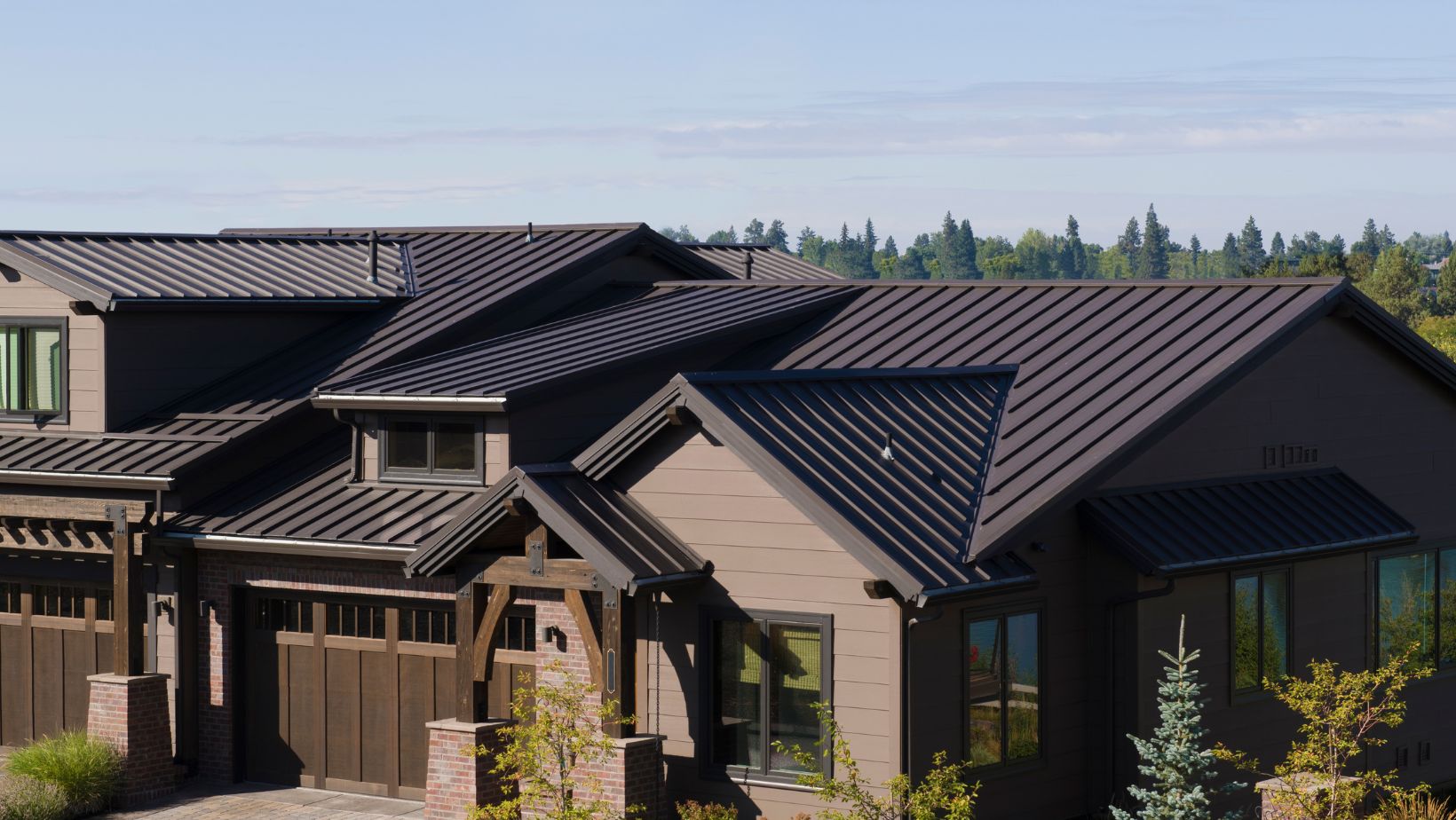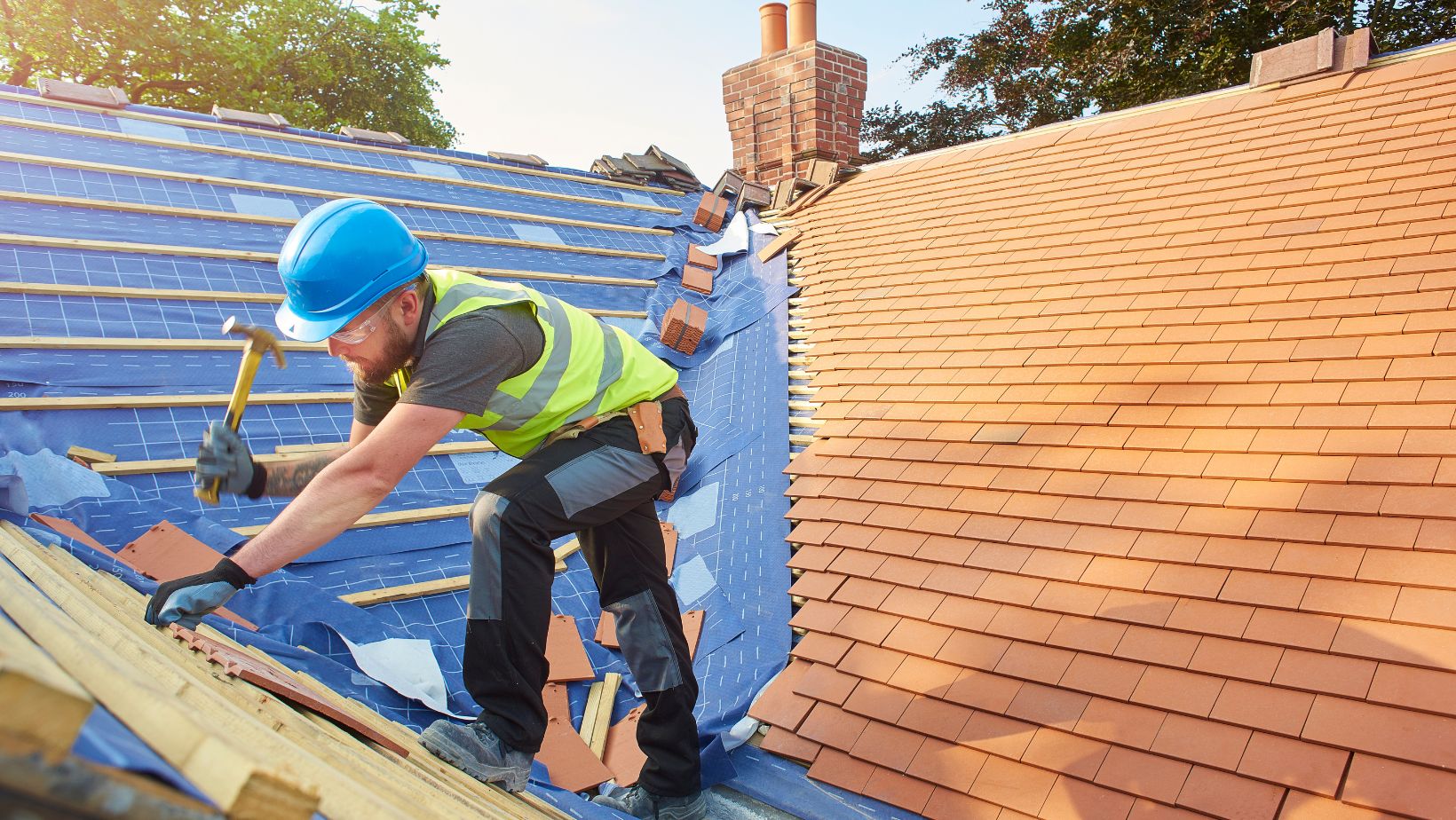Dos and Don’ts for Protecting Your Roof

The roof of your home serves as a fundamental element, offering vital shelter and defense against the elements. Preserving its longevity and robustness is pivotal to safeguarding the overall integrity of your property. In the realm of roof protection, a multitude of concepts and strategies exist. This article delves into a discussion of both optimal and suboptimal ideas for securing and maintaining your roof.
The Ultimate Ideas for Protecting Your Roof
Regular Roof Inspections
One of the best ways to safeguard your roof is with routine expert roof inspections with a professional roofer. These checks can spot early indications of wear and tear, leaks, or damage that may need to be repaired right away. Addressing issues promptly can prevent more extensive and costly repairs down the line.
Proper Ventilation
Controlling the temperature and moisture levels in your home, which is critical for extending the life of your roof, requires a well-ventilated attic. Effective ventilation serves as a barrier against the accumulation of excessive heat and moisture to lessen the danger of mold growth and early roof damage.
Clean Gutters and Downspouts
Clogged gutters and downspouts can lead to water pooling on your roof, causing water damage and leaks. Regularly cleaning and maintaining your gutters ensures that rainwater flows away from your roof as intended, reducing the risk of water-related roof problems.
High-Quality Roofing Materials
Investing in high-quality roofing materials can significantly impact your roof’s longevity. Quality shingles, underlayment, and flashing can better withstand the elements and provide a more durable barrier against rain, wind, and UV rays.
Adequate Insulation
Proper insulation not only helps maintain a comfortable indoor temperature but also prevents ice dams from forming on your roof during the winter.

Ice dams can cause water to back up under your shingles, leading to leaks and damage.
Trim Overhanging Branches
Trees near your home can pose a risk to your roof, especially during storms. Trim overhanging branches to prevent them from falling onto your roof, causing damage.
The Worst Ideas for Protecting Your Roof:
Ignoring Minor Repairs
Neglecting small issues like loose shingles or minor leaks can lead to more extensive and expensive roof problems over time. Addressing problems promptly is crucial for preventing further damage.
DIY Roofing
Attempting to repair or replace your roof without proper knowledge and equipment is a risky endeavor. DIY roofing projects often lead to costly mistakes and may void your roofing warranty. It’s best to leave roofing tasks to professionals.
Power Washing
While cleaning your roof is essential, power washing can be damaging. The high-pressure water can strip away protective granules from asphalt shingles, leading to premature aging and potential leaks. Opt for a gentle cleaning method recommended by your roofing manufacturer.
Layering New Shingles Over Old Ones
Layering new shingles over old ones might seem like a cost-saving idea, but it can compromise the integrity of your roof.

It’s best to remove the old shingles before installing new ones to ensure proper adhesion and ventilation.
Neglecting Attic Ventilation
Ice dams, mold growth, and a reduced roof lifespan are just a few of the issues that can result from poor attic ventilation. These issues could arise from a buildup of heat and moisture in the attic space, which could lead to mold growth all year round and the formation of ice dams in the winter. Poor ventilation can also reduce the lifespan of your roof as a whole since the extra heat trapped in the attic can speed up the deterioration of roofing materials. Prioritize and maintain appropriate attic ventilation to preserve the durability and health of your roof. This will provide for the best airflow and temperature control in this frequently disregarded part of your house.
Maintaining the structural integrity of your home requires protecting your roof. The life of your roof can be considerably extended by utilizing the best practices, which include routine inspections, adequate ventilation, and the use of high-quality materials. Conversely, neglecting minor repairs, attempting DIY projects, or making hasty decisions can lead to costly and avoidable roof issues. Prioritize the long-term health of your roof by implementing the best practices for its protection.
-
Personal Finance5 months ago
How Do I Find My UCAS ID Number?
-
Success5 years ago
Consistency: The Key Ingredient to Success
-
Uncategorized5 months ago
What Does Conditionally Approved Mean For An Apartment?
-
Motivation2 years ago
How To Become a More Organized Person?
-
Others4 years ago
Work Health and Safety: 8 Reasons to Maintain a Clutter-free Office
-
Entrepreneurs3 years ago
Why Diversity is Key in Business Marketing
-
HK Pools5 months ago
The HK Pools Forum Comunity Jos Markotop 2D Warna Kuning – A Great Way to Stay Connected
-
Sport1 year ago
What Makes Soccer Betting So Great?



























